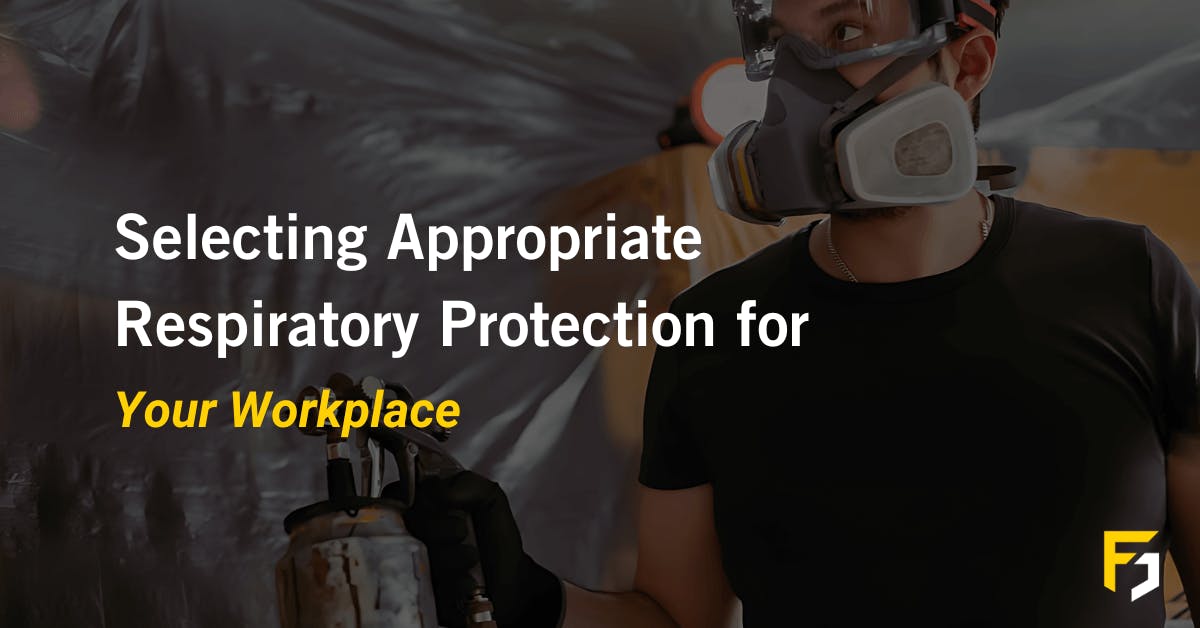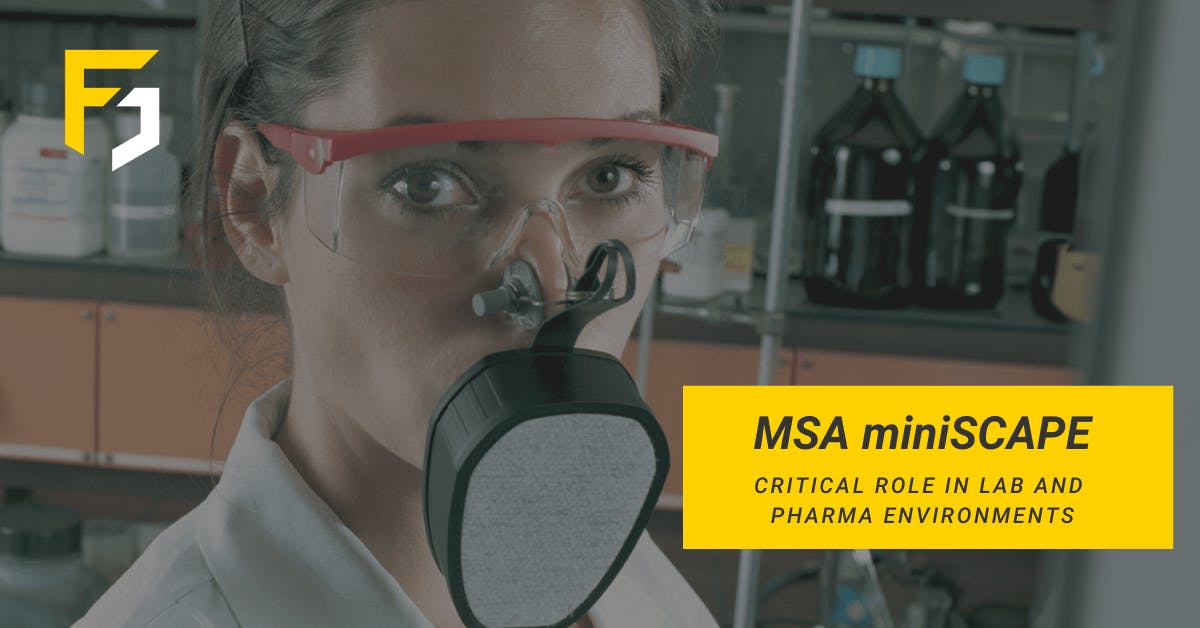
New reliable alcohol testing kits could close drink-driving legal loophole
Approximately eight per cent of those arrested for driving under the influence of alcohol use their statutory rights to demand a secondary blood or urine test, according to a recent report by the Daily Mail.
Current legislation states that any person who provides a breath specimen showing in excess of 35 microgrammes of alcohol per 100 millilitres of breath may be charged with the offence of driving under the influence of alcohol. However, if the reading is below 50 microgrammes, that person can exercise their right to a secondary blood or urinary test.
As a result delays in the process are commonplace, as arrangements are made to convey the arrested person to a hospital, or have a doctor attend the police station in order to facilitate the secondary test.
Unfortunately, this can mean that a person who was indeed driving illegally may get the opportunity to “sober up”, as their body naturally works to eliminate alcohol from their system. This often results in that person then passing the secondary test despite having failed the initial breath test. In these circumstances the offender will escape prosecution.
This legal loophole could be closed if the government gives the go-ahead to plans for police to use new, more accurate roadside alcohol testing equipment.
Road Safety minister Stephen Hammond recently published a consultation document on the matter, and had this to say on the topic:
“I am determined to make the jobs of those who deal with drink-drivers easier and less bureaucratic so that bringing offenders to justice is not left to chance,”
He further acknowledged recent success, but highlighted the devastating impact drink-driving can have, saying
“We have made great progress in tackling drink-drivers and the 2011 fatality figure for drink-and-drive accidents is the second lowest ever recorded. However, last year, 280 people died (in these types of accident), ruining the lives of families up and down the country, so more needs to be done to eradicate this menace.”
The introduction of more accurate roadside breath testing equipment to replace that which is currently in use could help eliminate any dubiety, and so reduce the need for secondary testing while remaining fair to those under scrutiny.





